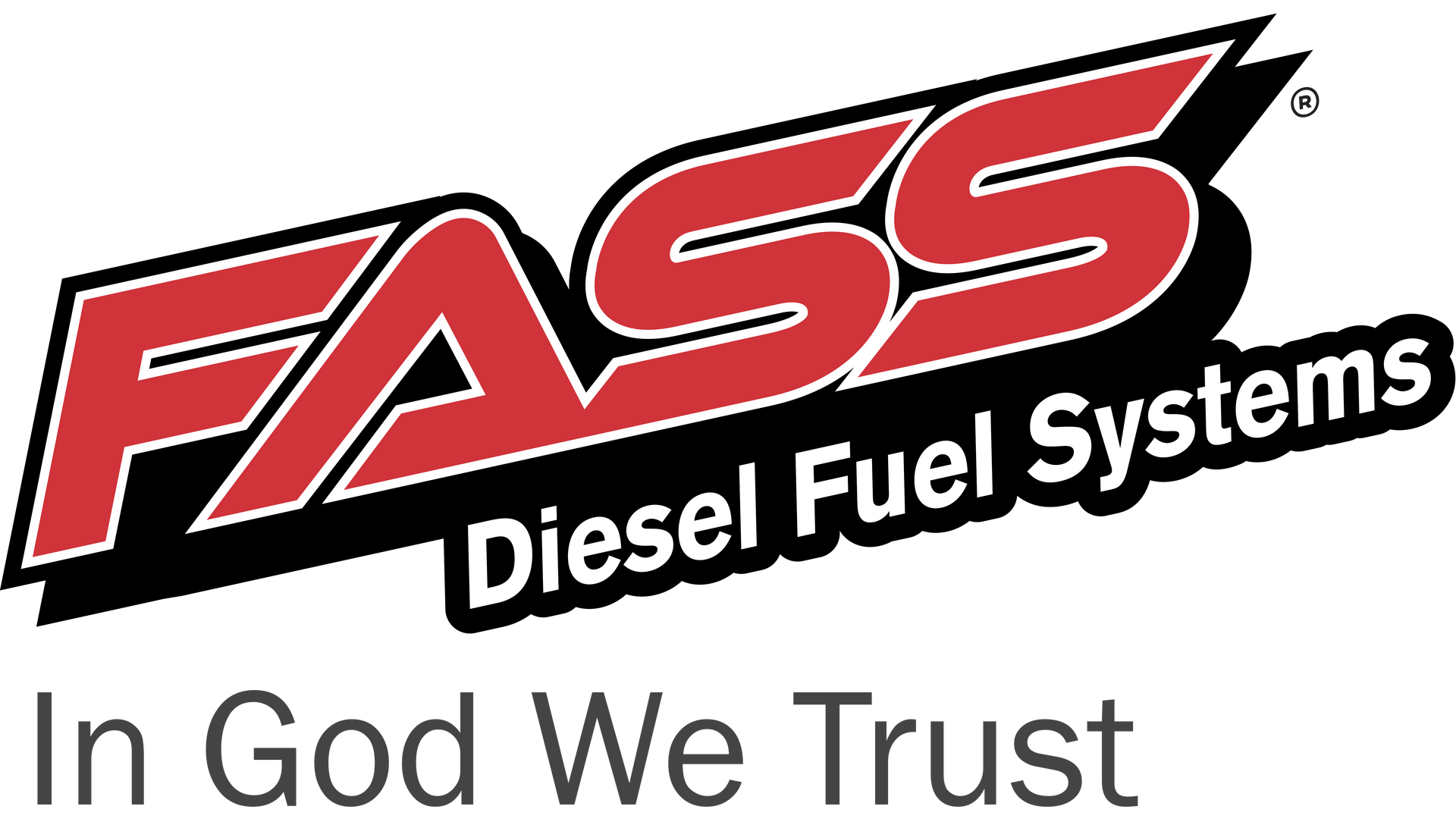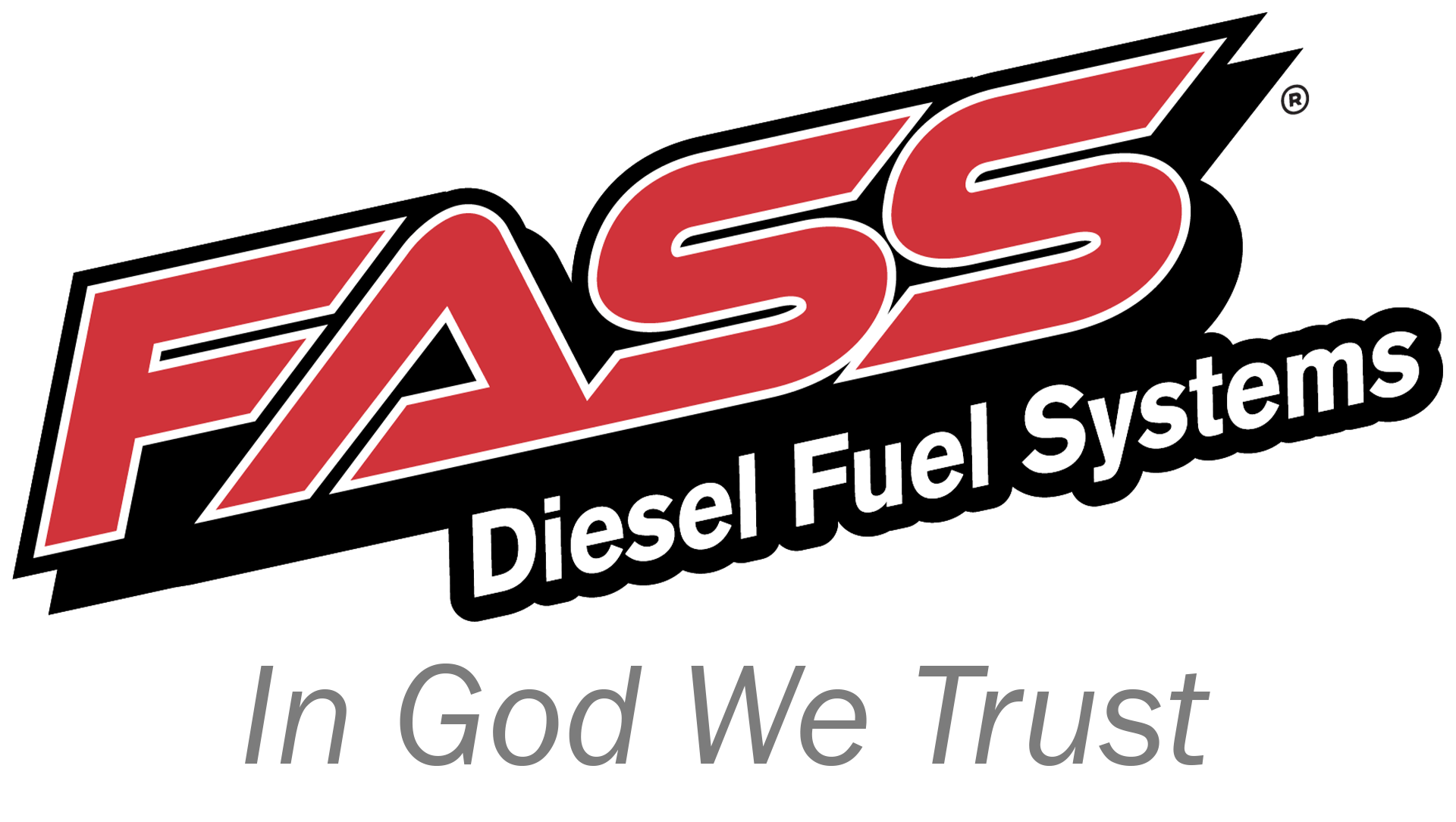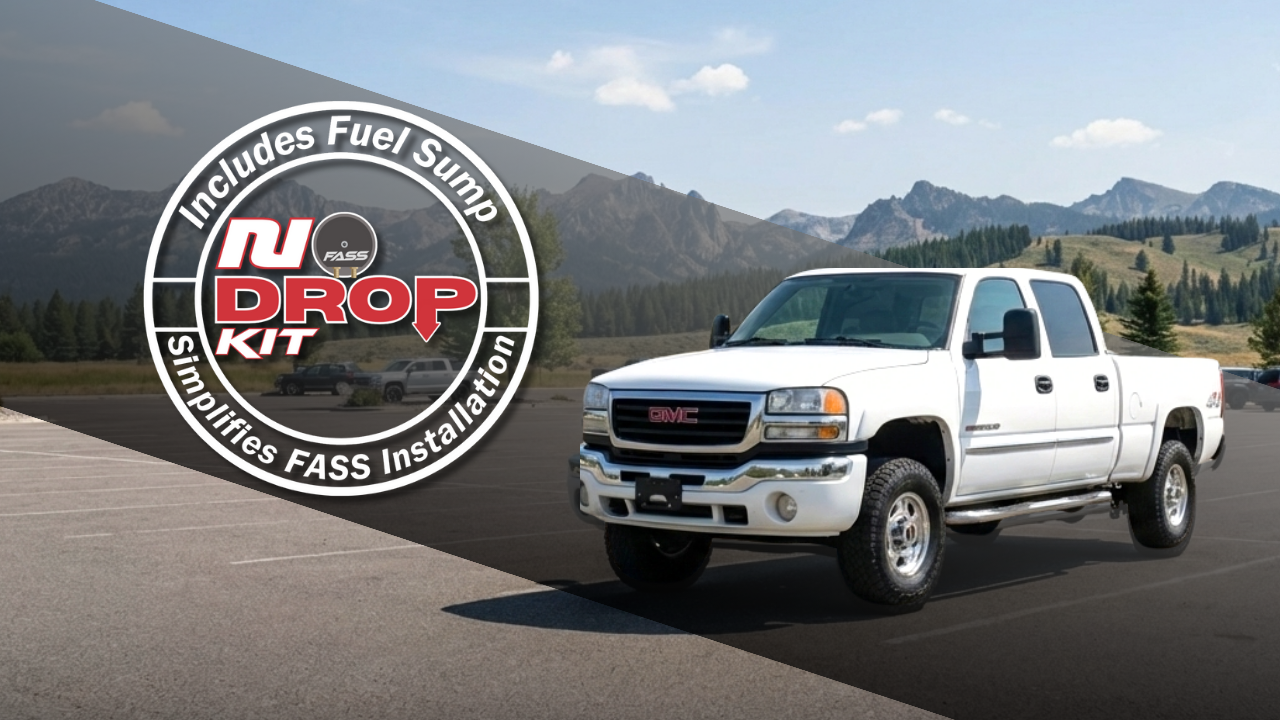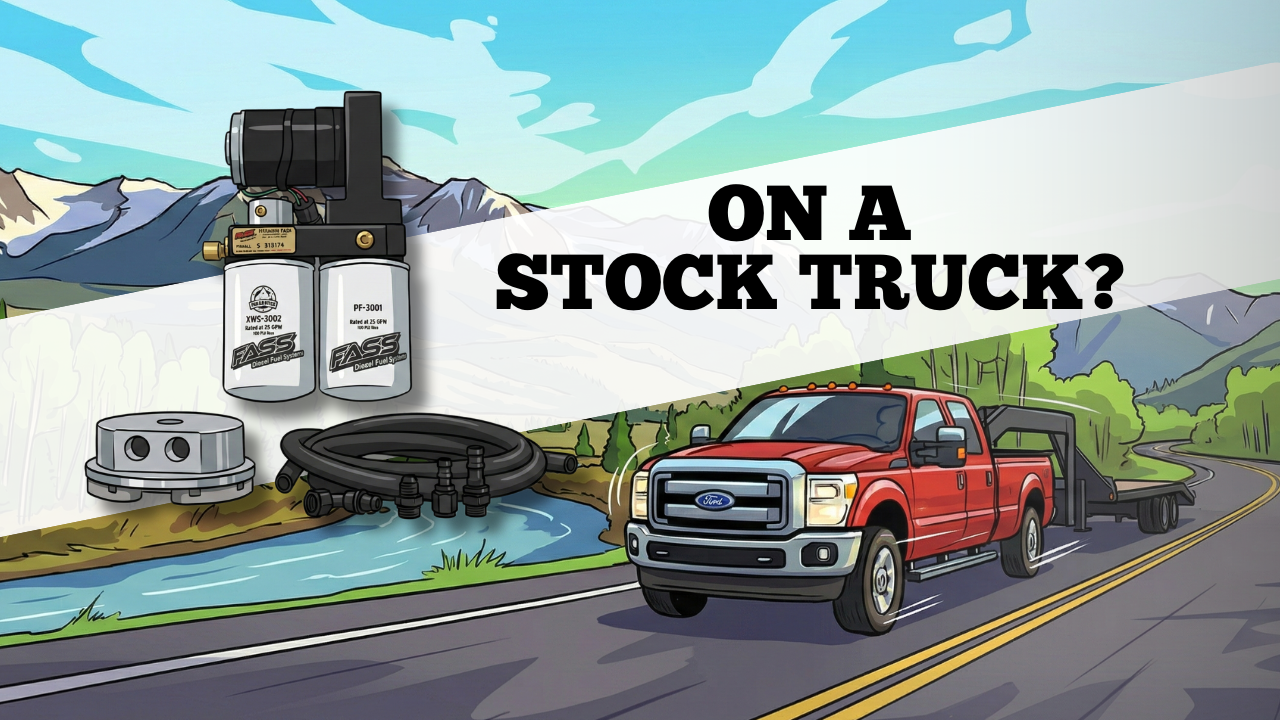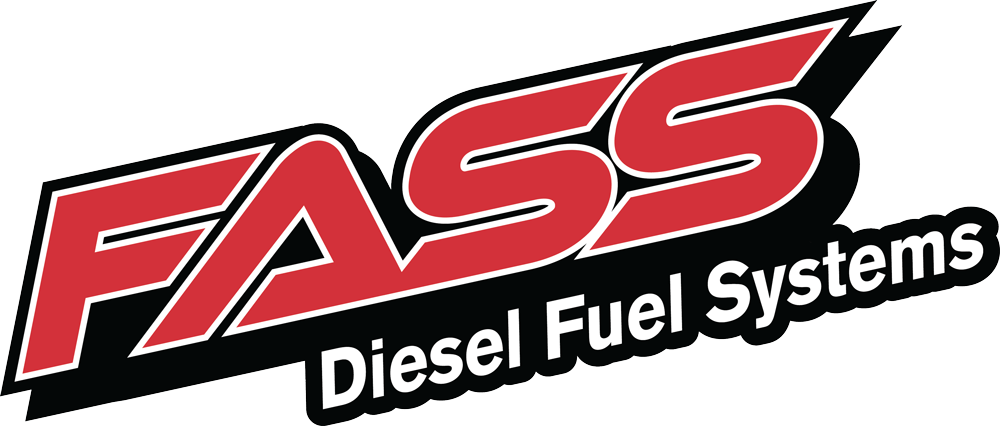Just a few short weeks ago, the Supreme Court struck down the Chevron Deference, and that’s a BIG deal. Why? We’ll explain below.
If you’re not sure what the Chevron Deference is, you’re not alone. Here’s the quick version:
The “Chevron deference” is a legal doctrine in the United States that comes from the 1984 Supreme Court case Chevron U.S.A., Inc. v. Natural Resources Defense Council, Inc. This doctrine involves judicial deference given to administrative actions.
- Step One: Has Congress spoken directly to the precise question at issue? If the intent of Congress is clear, that is the end of the matter; courts and agencies must follow the clear intent of Congress.
- Step Two: If the statute is silent or ambiguous, is the agency’s interpretation reasonable? If the statute is ambiguous, courts must defer to the agency’s interpretation as long as it is reasonable, even if the court would have interpreted the statute differently.
Reading between the lines.
If all that legal mumbo-jumbo doesn’t mean much to you, allow us to clarify. For the past 10+ years, 3-letter agencies have used the Chevron Deference to wield their power in legal battles.
When a law wasn’t crystal clear, 3-letter agencies could simply enforce it as they understood it.
Within the racing industry, the EPA has done exactly that—fining and arresting countless business owners, and using the Chevron Deference to win their cases in court.
Because the language around “racing parts” (products that allow the removal of emissions equipment) is somewhat vague, the EPA has been able to interpret the law in such a way that made them illegal.
For professionals in the racing industry, it’s a no-win situation. Because courts would defer to the agency’s interpretation of the law, anyone charged with breaking the law (as interpreted by the EPA), was almost automatically guilty.
Are “race parts” legal now?
Let’s address the elephant in the room: removing emissions parts (deleting) is not, we repeat not, legal simply because the Chevron Deference is gone.
The Supreme Court’s decision simply removes one of the most powerful tools at the EPA’s disposal for arresting, fining, and suing racing industry professionals. That doesn’t mean the EPA won’t continue doing so, but it’s more complicated now.
If you’re looking to
legally
remove your DPF and roll coal on the street, keep dreaming. That’s not what this is about—and that type of bad behavior is a big reason why the EPA came after racing in the first place.
A brighter, faster future.
Ok, so you won’t be able to buy EGR block-off plates at Autozone anytime soon (or ever). So, why does the end of the Chevron Deference matter?
Ideally, the Supreme Court’s landmark ruling could allow
dedicated race vehicles to be built, owned, and modified legally. By removing the EPA’s ace card, it is theoretically much more difficult for them to convict racing industry professionals for offering the parts and services used on actual competition vehicles.
